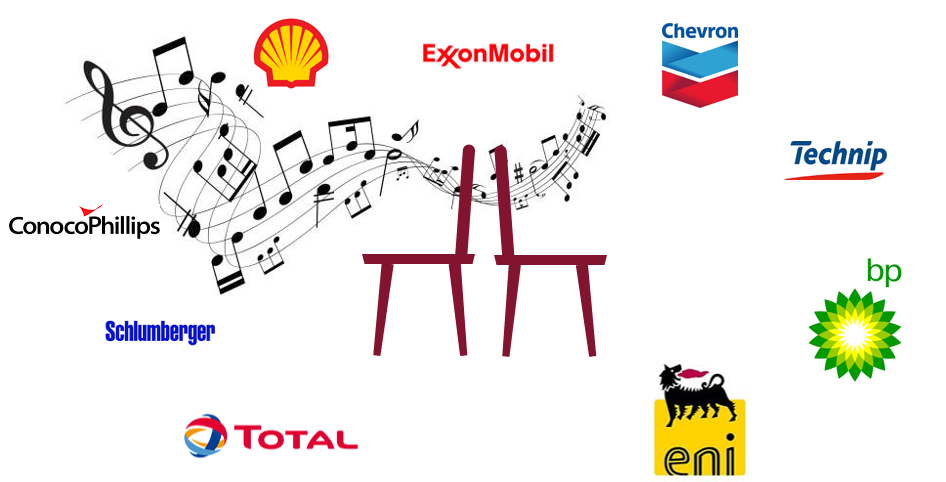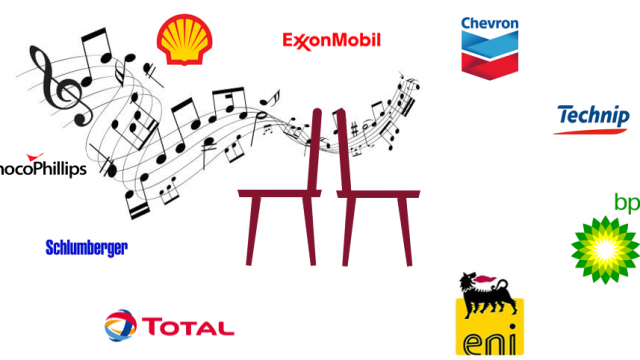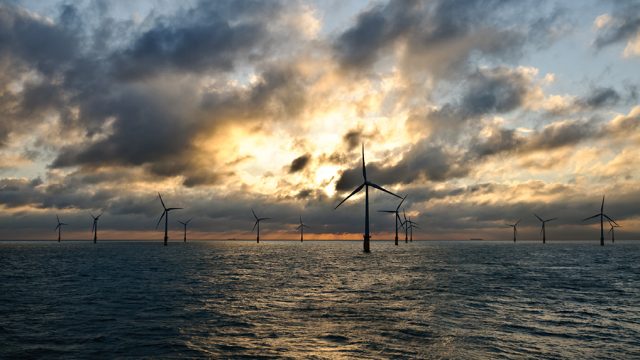Offshore Wind Astonishes and Perplexes
Published March 2021
Offshore Wind and Round 4 – In his latest article, Everoze partner Graeme Wilson shares his thoughts on how the oil and gas majors survival, the growth of the offshore wind industry and the UK’s carbon goals are all now intertwined.
Offshore Wind and Round 4 – now the dust has settled, what could it mean?
The Round 4 results are a paradigm-shifting and epoch-defining moment for the offshore wind industry. They were astonishing and perplexing, but also potentially transformative.
The offshore wind industry is no longer the up-and-comer, it’s gone mainstream.
It is now a critical factor in deciding the future of many of the oil and gas majors, as well as determining the probability of success in our financial system weaning itself off fossil fuels, and in the UK’s ability to meet its climate change goals.
There is still uncertainty however as to exactly what the long-term impact of these results will be and whether the option fees bid by the Round 4 winners will serve as additional weight as the industry slogs up the mountain, or provide it with even more momentum as it rides down the other side.
Here are my thoughts on what these results may mean for many of us in the industry in the medium term.
CfDs Become More Complicated
The daily option cost for the Round 4 1,500 MW projects is between £313k and £633k per project day. Project development is stressful enough, but to these project delivery teams, it will feel like they have the weight of paying for 2 or 3 heavy lift vessels to sit in port doing nothing, every day, between award of agreement for lease and FID.
With this huge cost in mind, are CfDs really still that attractive? Is it worth the risk of waiting for an auction to secure finance and reach FID?
Consider the upcoming allocation round 4, originally scheduled for Q3 2021, but rumoured to be delayed by approximately 3 months. Were a delay like this to take place when the Round 4 projects were competing for a CfD, it would cost them a combined £300m in lease fees for this delay period, through no fault of their own.
Given the CfD is now effectively an insurance policy and not a subsidy, with Dogger Bank A securing a CfD of approximately £40 / MWh (in 2012 prices), the question of just how low projects want to go below the forecast merchant electricity prices before they’re happy to take their chances on the market is now being raised.
Thanks to Seagreen, we know that there is an appetite out there amongst the banks for at least some degree of merchant risk. Could this project perhaps be the trailblazer that others will soon follow?
Lastly, consider the cost to the government should several GW of merchant offshore wind land on the grid around 2030. Offshore wind may become the price setter, reducing the market price (significantly at times during which offshore wind capacity is at its highest), potentially forcing the government to pay more to top up the subsidised offshore wind to their strike price.
It’s in everyone’s best interest to update the CfD regime to reflect this new world.
Project Developer Strategies Shift
Due to the option costs, if I was a developer, my aim would now be to get the project to FID as quickly as possible, consented and financed at breakneck speed, so the lease option fees are no longer payable. In my opinion, these option fees will change how developers approach projects and it may even change the relationships between the developers and their supply chain.
Now it’s not just about finding the cheapest supplier in order to beat your competition to CfD – it’s also about agreeing on terms as quickly as possible in order to reach FID.
What is for sure is that thanks to the Round 4 results, there are procurement and consenting professionals across the country, who have seen the demand for their talents and experience skyrocket in recent weeks.
These costs also mean that partnerships and relationships between developers and their Tier 1 supply chain will be more important than ever. It is in the interest of both parties that these projects are built quickly – any margin you might be able to squeeze out of your suppliers may now look less relevant compared to the money flying out the door on these fictitious and costly heavy lift vessels each day that protracted negotiations rumble on.
It will be very interesting to see how developers and suppliers approach this problem.
Lastly, from a Technical Advisor point of view, I wonder now how the Project Finance process may change and whether our role in supporting banks as an LTA may now become more important than ever. If a developer is desperate to get to FID, banks need to be confident that corners aren’t being cut and that developers are not trying to push as much development risk as possible until after FID.
Floating Wind Becomes Even More Attractive
Missing from the winners of Round 4 are several big-name incumbents. They would no doubt have bid for a lease but have lost out this time. Their options now are interesting.
They could wait until the next leasing round and hope they can somehow compete (or that these winning bids are really just the result of a market bubble) or they could look for a pipeline in new markets.
Developer experience is only as good as the experience of the people you employ. Oil and gas majors are clearly motivated now to get these projects over the line very quickly. So the experience that the incumbents currently possess may soon start to disappear unless they have something to build.
Acquisition of equity in these Round 4 projects isn’t the most attractive option to these developers – prices are currently sky high and being a minority shareholder in a project someone else develops, builds and operates is not their business model.
That leaves more nascent options, such as floating offshore wind.
ScotWind is currently postponed, but we should still expect to hear the results later in the year. I wonder whether the fallout from Round 4 may cause some prospective lease winners in ScotWind to get a little worried. Floating sites which may have seemed pretty farfetched and really only of interest to the more fringe developers, could now be hot property.
These sites aren’t just a strategic opportunity to get into floating wind – they’re also a way of keeping hold of their expertise and experience and maintaining some kind of foothold in the industry.
However… Oil and Gas may have pulled a pincer attack here, with Shell recently partnering with SimplyBlue in Ireland, Total’s involvement in Erebus and the partnership between Aker and Mainstream, these incumbents are entering an already very crowded market.
Success is by no means guaranteed.
Conclusion
It is difficult to fathom what this news means exactly for the offshore wind industry. One thing is for sure, it’s no longer a niche industry. It’s gone mainstream now. Oil and gas getting in on the action feels a little bit like when your taste in music makes a cross over and suddenly your parents start listening to it.
But it does mean that with this volume of investment and the stakes so high for these huge players, the future of the oil and gas industry; the success of the offshore wind industry; and the UK’s climate goals are all becoming intertwined. This must be reflected somehow in the CfD regime.
Those in the industry now, dismayed at the results and wondering what it means for the future can rest assured that in order for oil and gas to deliver on their bids, they need all the skills and experience they can get. For those looking for something new and interesting to get their teeth into, or something a little less mainstream, floating wind opportunities are likely to appear on the horizon slightly sooner than expected.
Finally, with these results in mind and the exciting opportunities they may represent, we can all look forward to that time when we are allowed to travel again to industry conferences when we can tell the oil and gas new entrants that we were all into offshore wind before it was cool.






